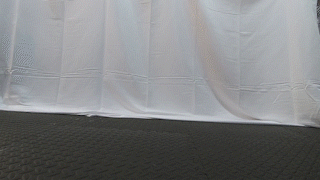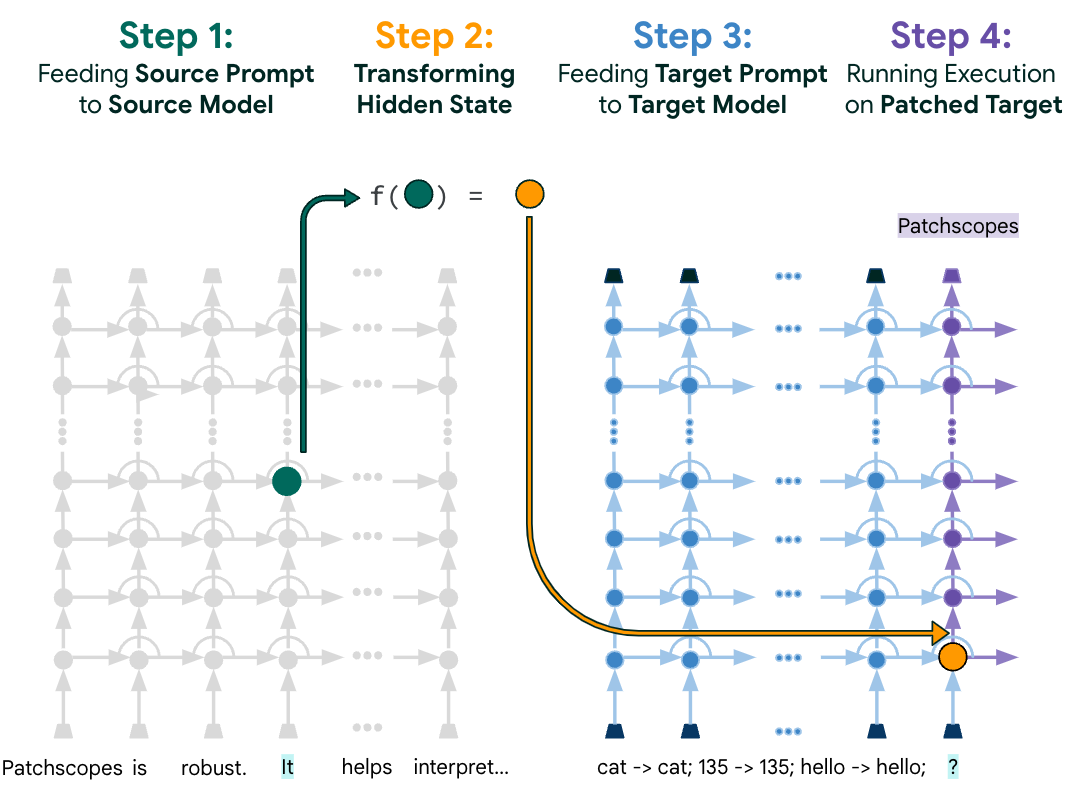
Soft Actor-Critic: Deep Reinforcement Learning for Robotics
January 18, 2019
Posted by Tuomas Haarnoja, Student Researcher and Sergey Levine, Faculty Advisor, Robotics at Google
Deep reinforcement learning (RL) provides the promise of fully automated learning of robotic behaviors directly from experience and interaction in the real world, due to its ability to process complex sensory input using general-purpose neural network representations. However, many existing RL algorithms require days or weeks (or more) worth of real-world data in order to converge to the desired behavior. Furthermore, such systems can be tough to deploy on complex robotic systems (such as legged robots) which can easily get damaged during the exploration phase, hyperparameter settings can be challenging to tune, and various safety considerations can introduce further limitations.
In collaboration with UC Berkeley, we recently released Soft Actor-Critic (SAC), a stable and efficient deep RL algorithm suitable for real-world robotic skill learning that is well-aligned with the requirements of robotic experimentation. Importantly, SAC is efficient enough to solve real-world robot tasks in only a handful of hours, and works on a variety of environments with a single set of hyperparameters. Below, we discuss some of the research behind SAC, and also describe some of our recent experiments.
Requirements for Real-World Robotic Learning
Real-world robotic experimentation brings significant challenges, such as constant interruptions in the data stream due to hardware failures and manual resets, and smooth exploration to avoid mechanical wear and tear on the robot, which set additional restrictions to both the algorithm and its implementation, including (but not limited to):
- Good sample efficiency to lower the learning time
- Minimal number of hyperparameters that require tuning
- Reusing already collected data on different scenarios (known as off-policy learning)
- Ensuring that learning and exploration does not damage the hardware
Soft actor-critic is based on maximum entropy reinforcement learning, a framework that aims to both maximize the expected reward (which is the standard RL objective) and to maximize the policy's entropy. Policies with higher entropy are more random, which intuitively means that maximum entropy reinforcement learning prefers the most random policy that still achieves a high reward.
Why might this be desirable for robotic learning? The most obvious reason is that policies optimized for maximum entropy will be more robust: if the policy can tolerate highly random behavior during training, it is more likely to respond successfully to unexpected perturbations at test time. However, a more subtle reason is that training for maximum entropy can improve both the algorithm's robustness to hyperparameters and its sample efficiency (to learn more, see this BAIR blog post, and this tutorial).
Soft actor-critic maximizes the entropy augmented reward by learning a stochastic policy that maps states to actions and a Q-function that estimates the objective value of the current policy, optimizing them using approximate dynamic programming. In doing so, SAC views the objective as a grounded way to derive better reinforcement learning algorithms that perform consistently and are sample efficient enough to be applicable to real-world robotic applications. For technical details please see our technical report.
Performance of SAC
We evaluated SAC with two tasks: 1) quadrupedal walking with the Minitaur robot from Ghost Robotics, and 2) rotating a valve with a three finger Dynamixel Claw. Learning to walk presents a substantial challenge, as the robot is underactuated, and must therefore delicately balance contact forces on the legs to make forward progress. An untrained policy can lose balance and fall, and too many falls will eventually damage the robot, making sample-efficient learning essential.
Although we trained our policy only on flat terrain, we subsequently tested it on varied terrains and obstacles. In principle, policies learned with soft actor-critic should be robust to test-time perturbations, because they are trained to maximize entropy (i.e., inject maximal noise) at training-time. Indeed, we observe that the policies learned with our method are robust to these perturbations without any additional learning.
 |
| Illustration of learned walking, using SAC implemented on the Minitaur robot. A full video of the learning process can be found at our project website. |
Soft actor-critic solves both of these tasks quickly: the Minitaur locomotion takes 2 hours, and the valve-turning task from image observations takes 20 hours. We also learned a policy for the valve-turning task without images by providing the actual valve position as an observation to the policy. Soft actor-critic can learn this easier version of the valve task in 3 hours. For comparison, prior work has used natural policy gradients to learn the same task without images in 7.4 hours.
Conclusion
Our work demonstrates that deep reinforcement learning based on maximum entropy framework can be applied to learn robot skills in challenging real-world settings. Since the policies are learned directly in the real world, they exhibit robustness to variations in the environment, which can be difficult to obtain otherwise. We also showed that we can learn directly from high-dimensional image observations, which represents a significant challenge in classical robotics. We hope that the release of SAC helps other research teams in their effort to adopt deep RL for more complex real-world tasks in the future.
For more technical details, please visit the BAIR blog post, or read an early preprint of the locomotion experiment and a more complete description of the algorithm. You can find the implementation on GitHub.
Acknowledgements
This research was done in collaboration between Google and UC Berkeley. We would like to thank all the people who were involved, including Sehoon Ha, Kristian Hartikainen, Jie Tan, George Tucker, Vincent Vanhoucke and Aurick Zhou.
-
Labels:
- Machine Intelligence
- Robotics



